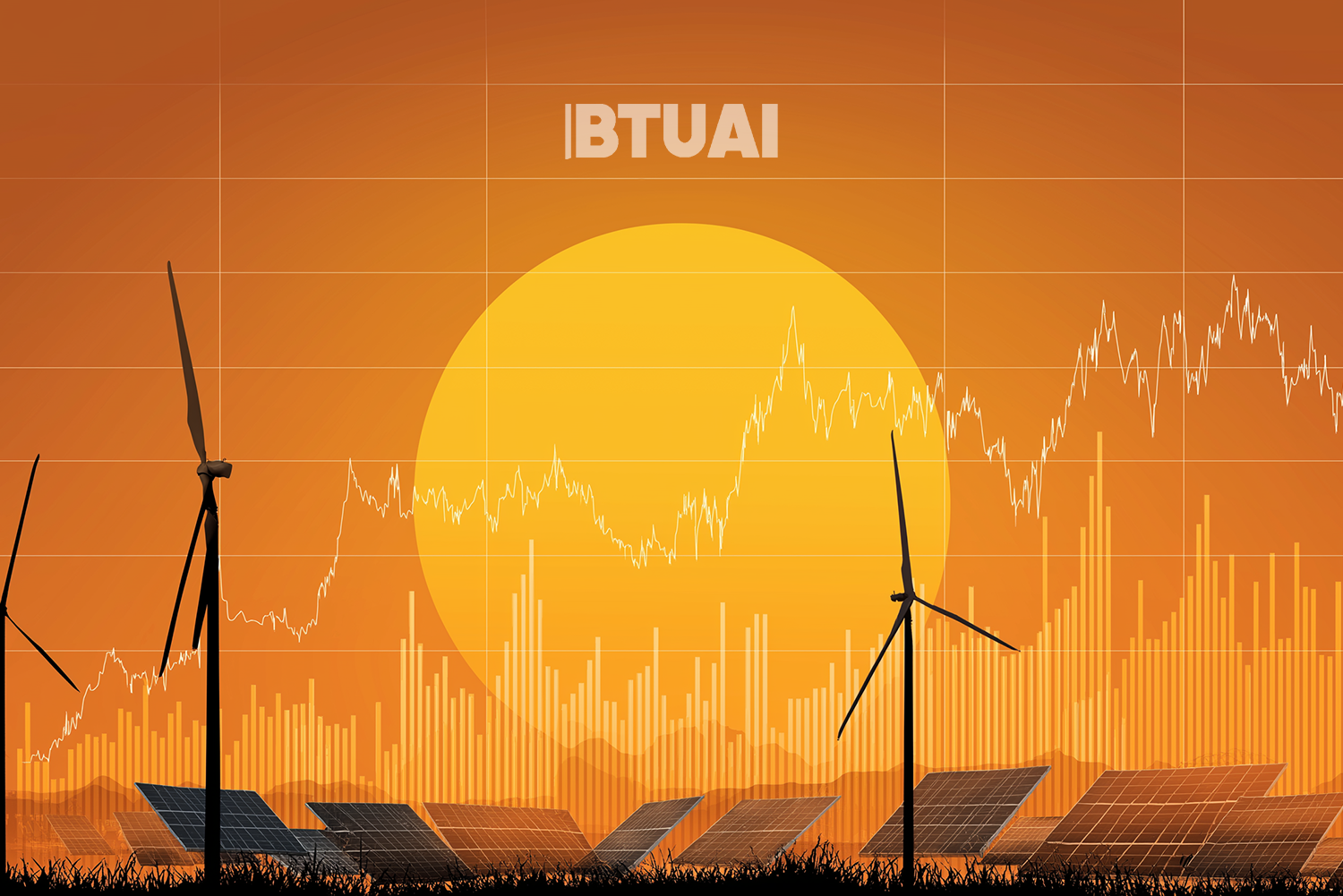The Energy Transformation: How the Global Energy Balance Evolved Over the Past 25 Years
The past two decades have marked a period of radical transformation for the global energy sector. In the year

The past two decades have marked a period of radical transformation for the global energy sector. In the year 2000, the world’s total installed generation capacity stood at 3.5 terawatts. By 2025, that figure has surged to 9.5 terawatts. However, even more striking than this growth is the fundamental shift in the structure of energy generation. Whereas in 2000 the sector was dominated by non-renewable sources, today renewables account for 47% of global installed capacity, with the share of non-renewables falling to 53%.
This shift is the result of a powerful synergy between technological innovation, green policy initiatives, and market-driven dynamics. While non-renewable sources—particularly coal, oil, and natural gas—still form the core of the system, their installed capacity has only doubled in the past 25 years. In contrast, renewable energy capacity has grown fivefold, signaling an unprecedented structural transformation on a global scale.
Among renewables, solar power has emerged as the dominant source, now accounting for 42% of renewable energy capacity. This rise is closely tied to the sharp decline in the cost of solar technology, the benefits of mass production, and the geographic diversification of investments. Hydropower remains a strong and reliable source, representing 29% of global renewable capacity, while wind energy holds a 26% share. The remaining 3% comes from other renewables such as geothermal energy and biomass.
This transformation has accelerated dramatically over the past decade, driven by the support of international financial institutions and the growing urgency of the global climate agenda. The increasing accessibility of solar and wind technologies has rewritten the rules of the global energy map.
Today, the energy transition is no longer just about sustainability or climate—it is a core pathway to economic opportunity and technological innovation. The global energy market has become more flexible, diversified, and competitive, laying the groundwork for even greater investment and innovation in the future.
In this new era, the evolution of energy is a defining factor in both economic growth and stability. Renewable energy is no longer a niche or an alternative—it has become a central player in the global market, shaping the future of how the world is powered.




